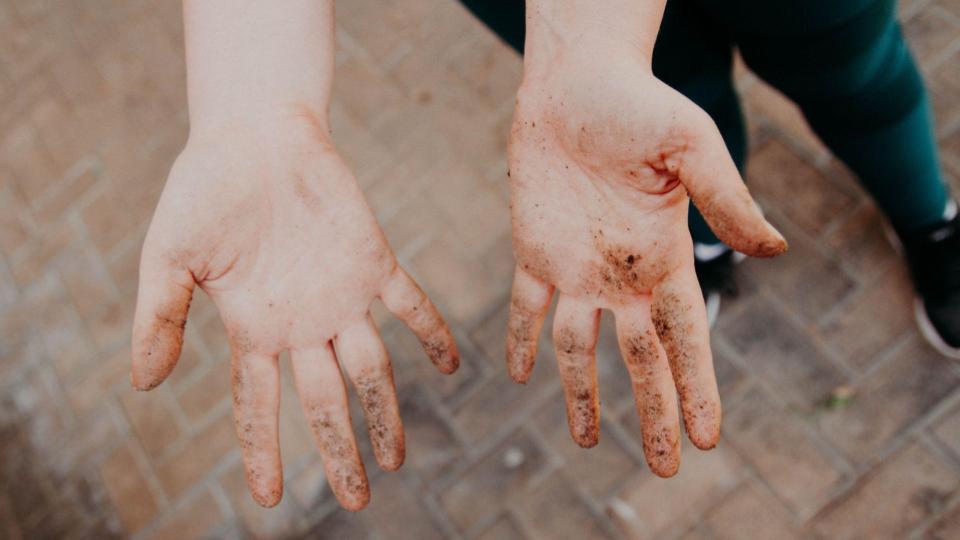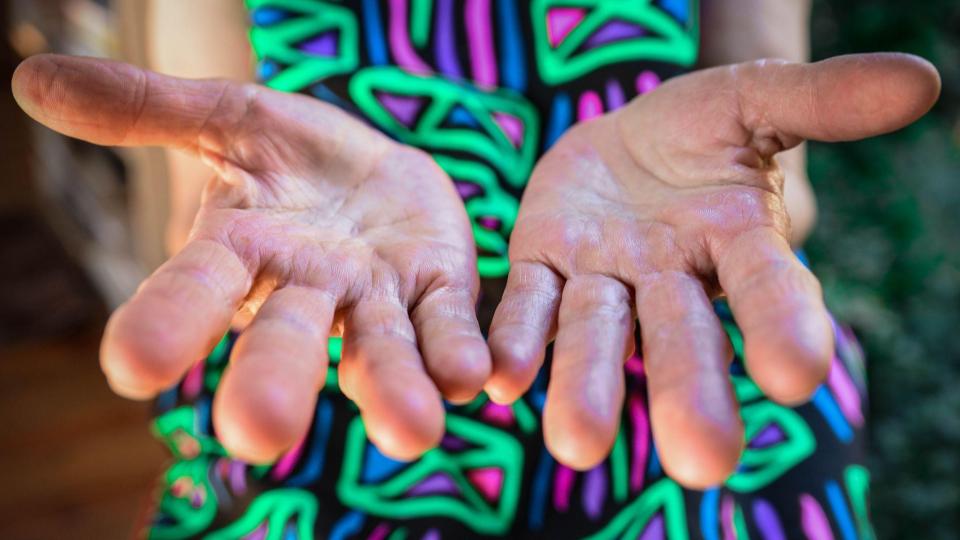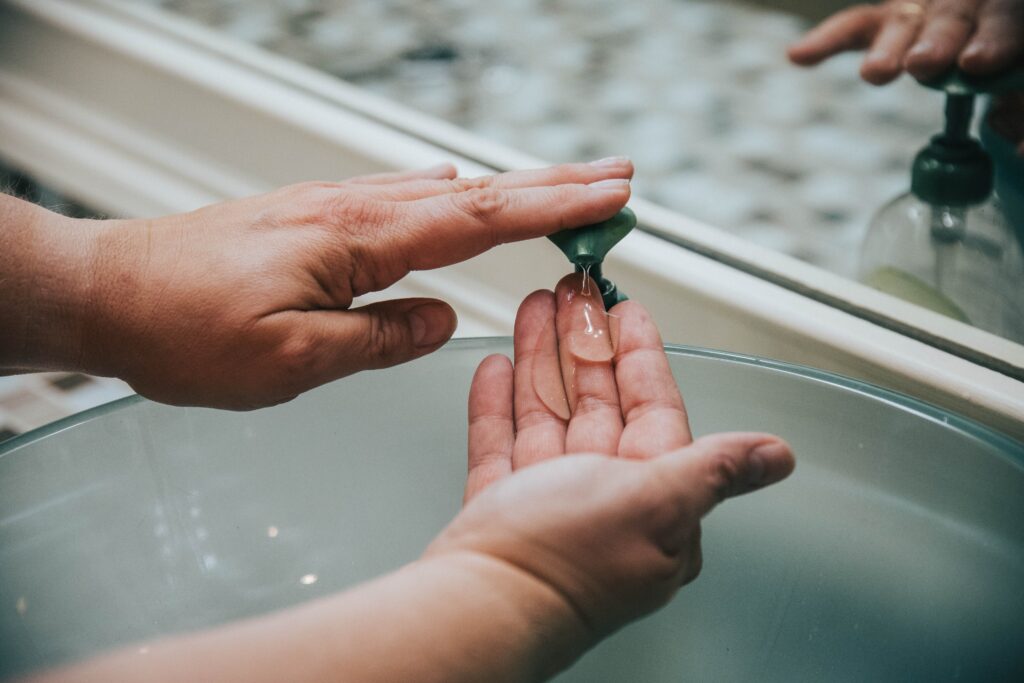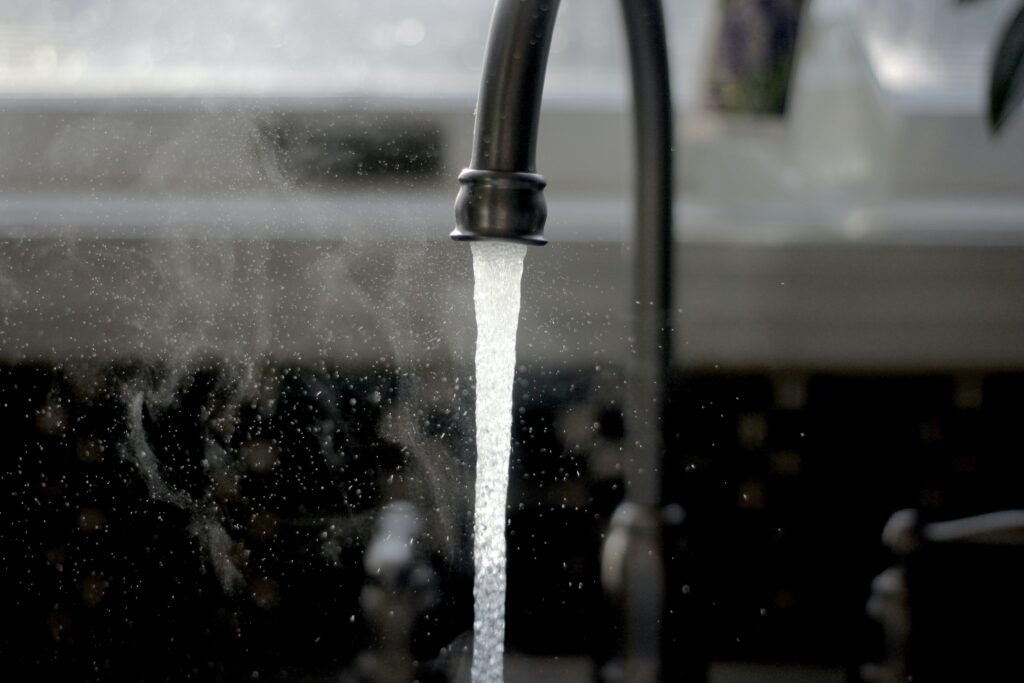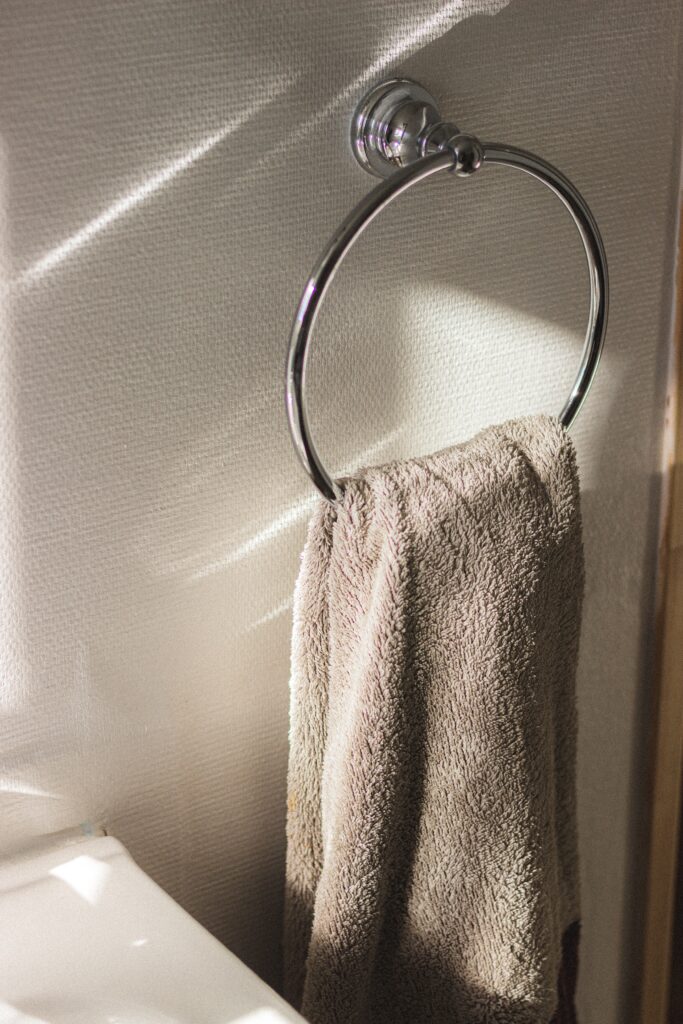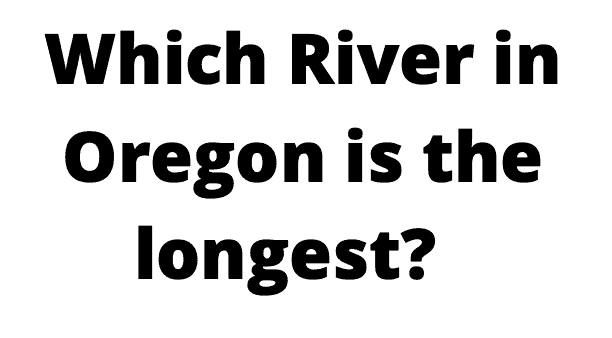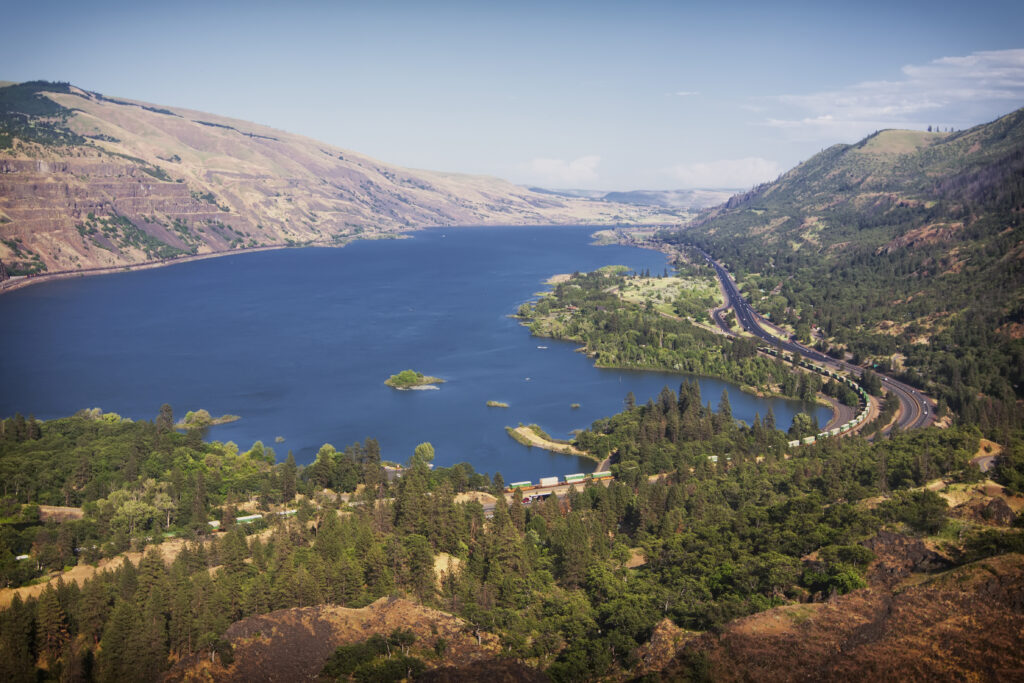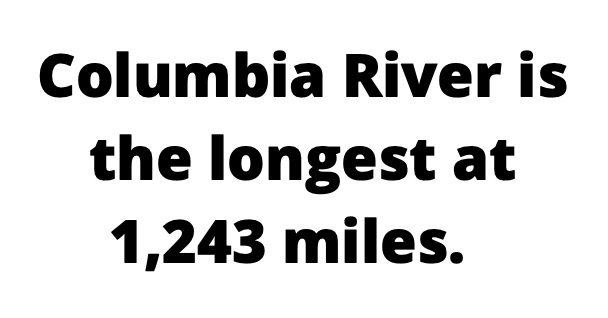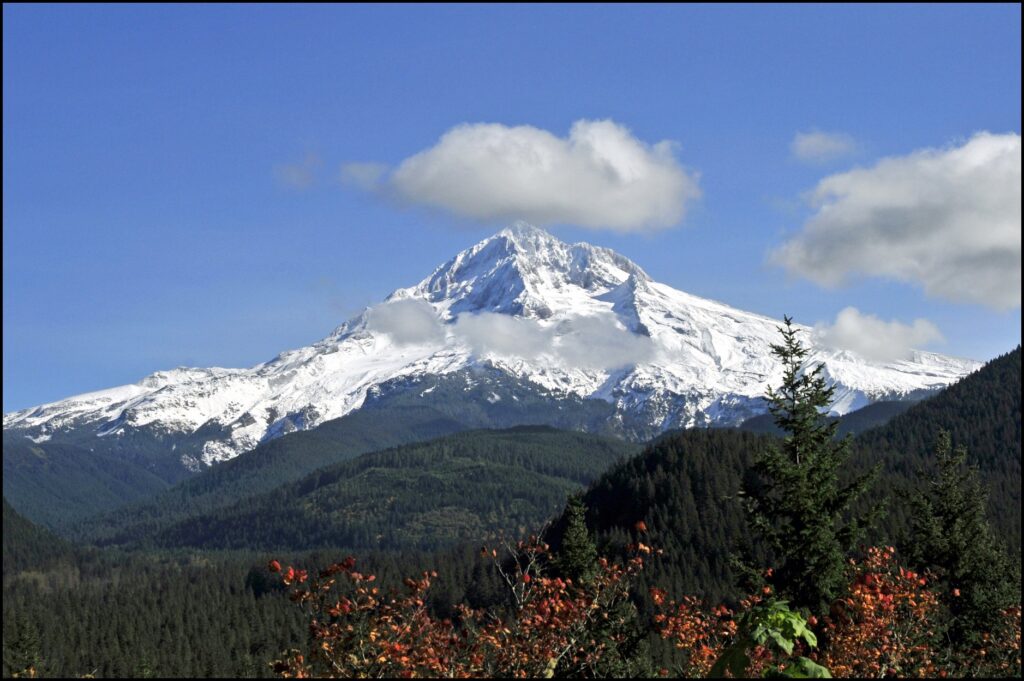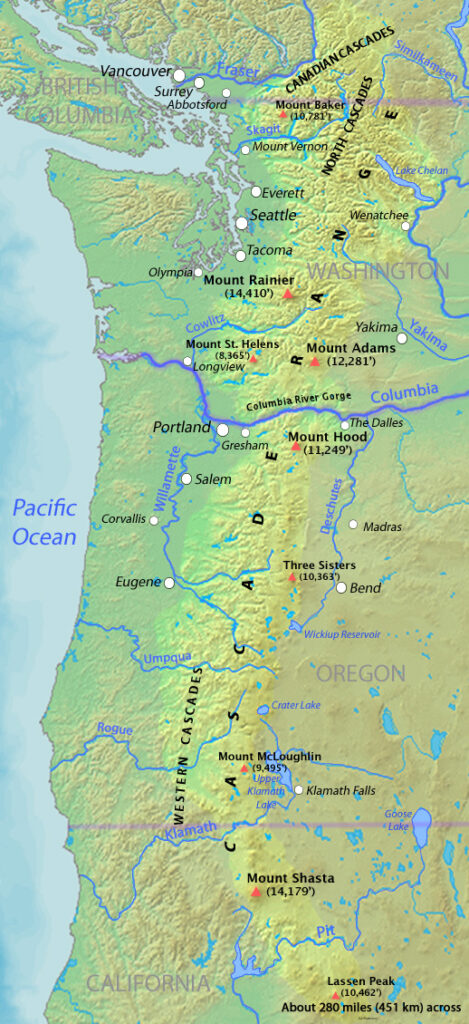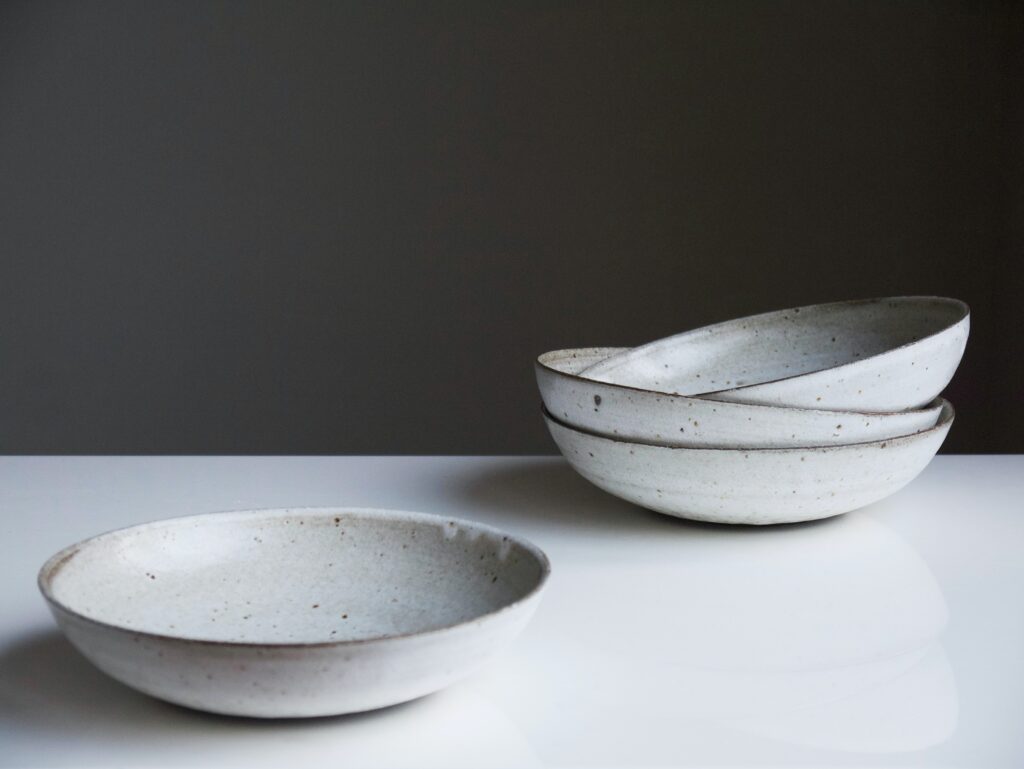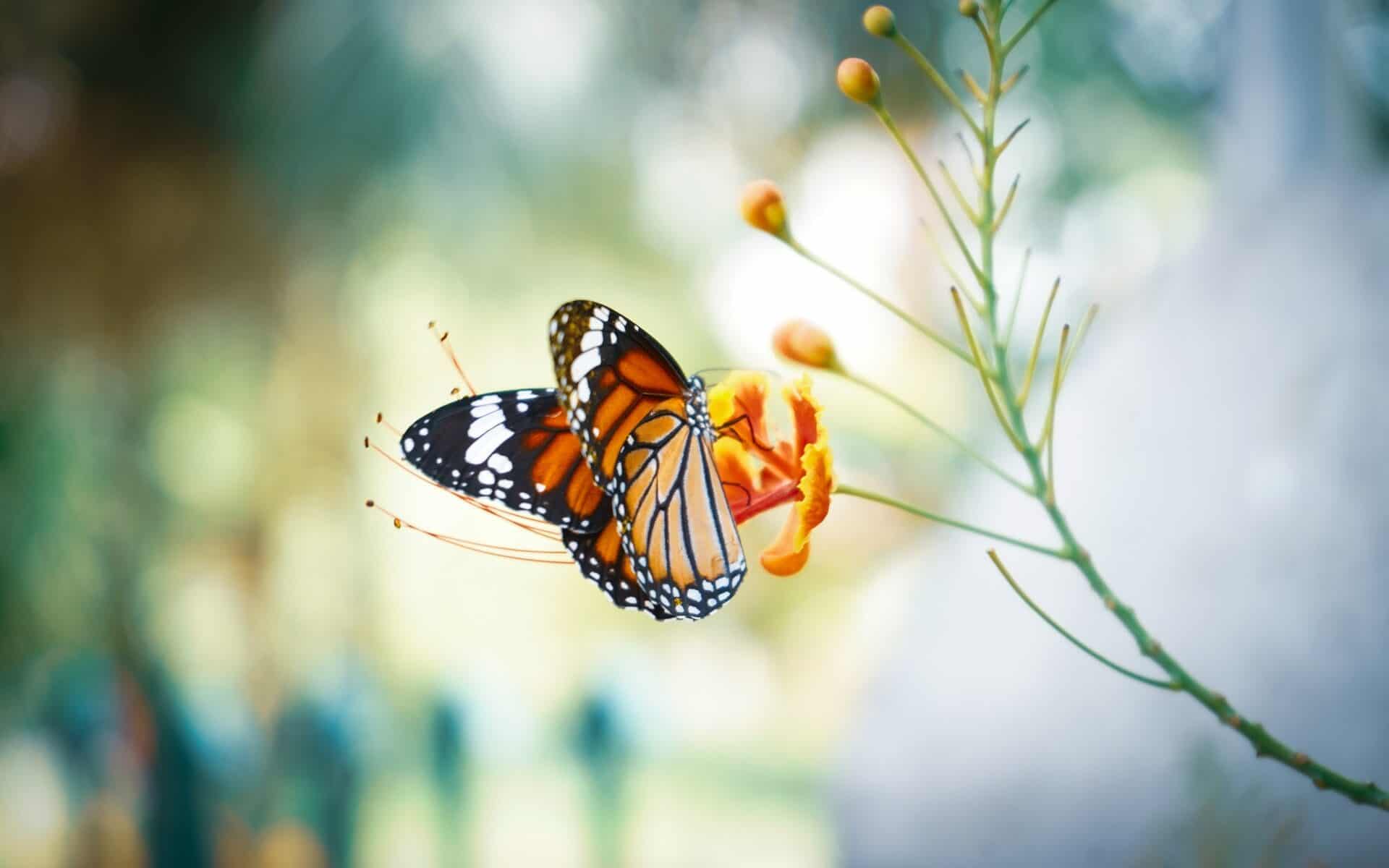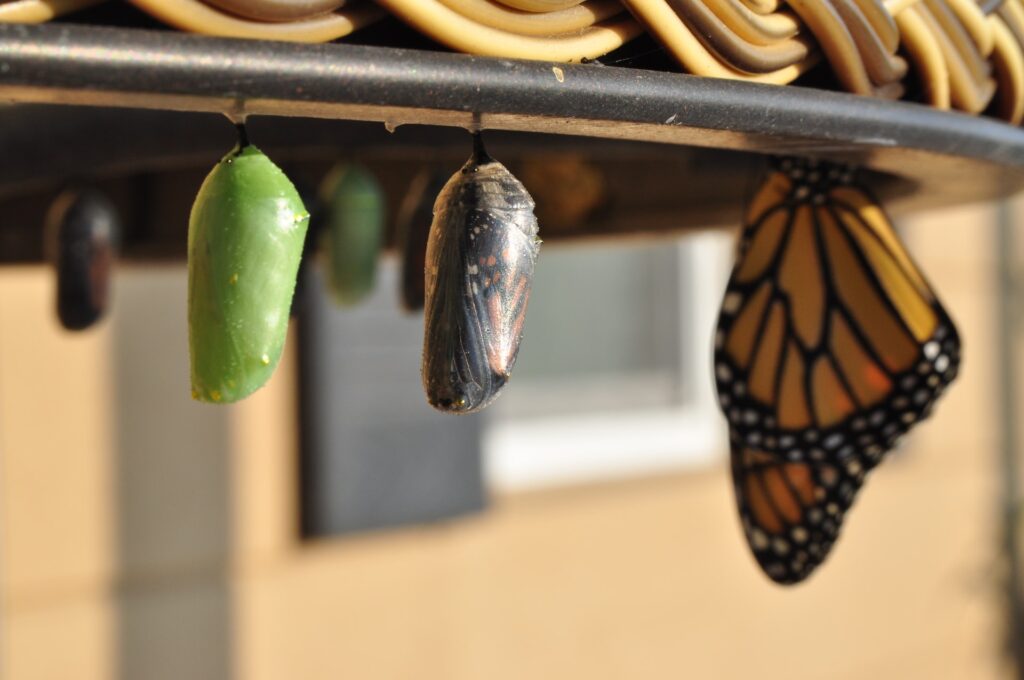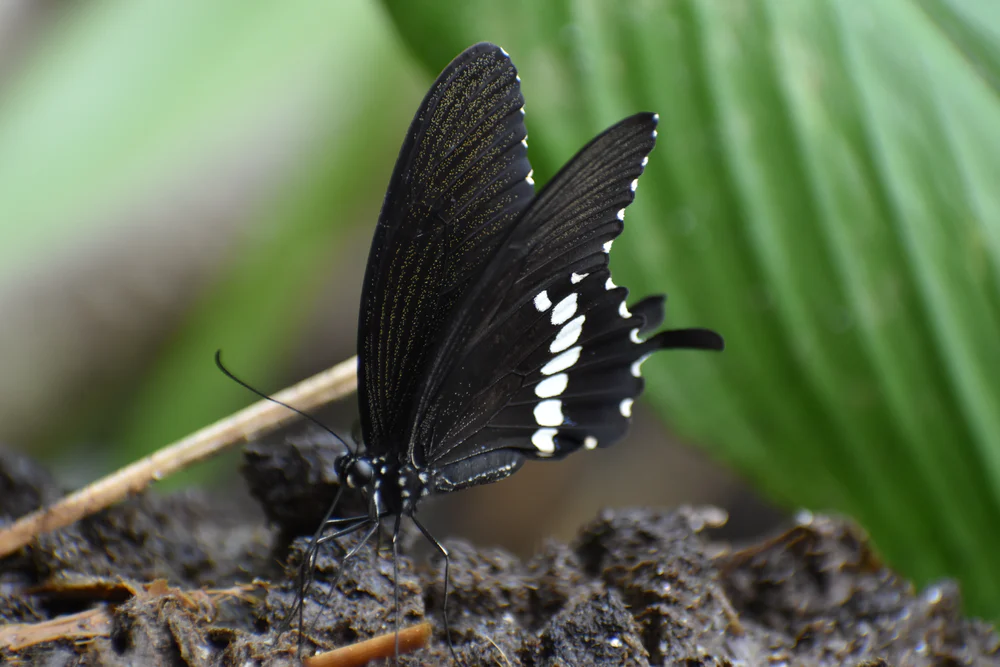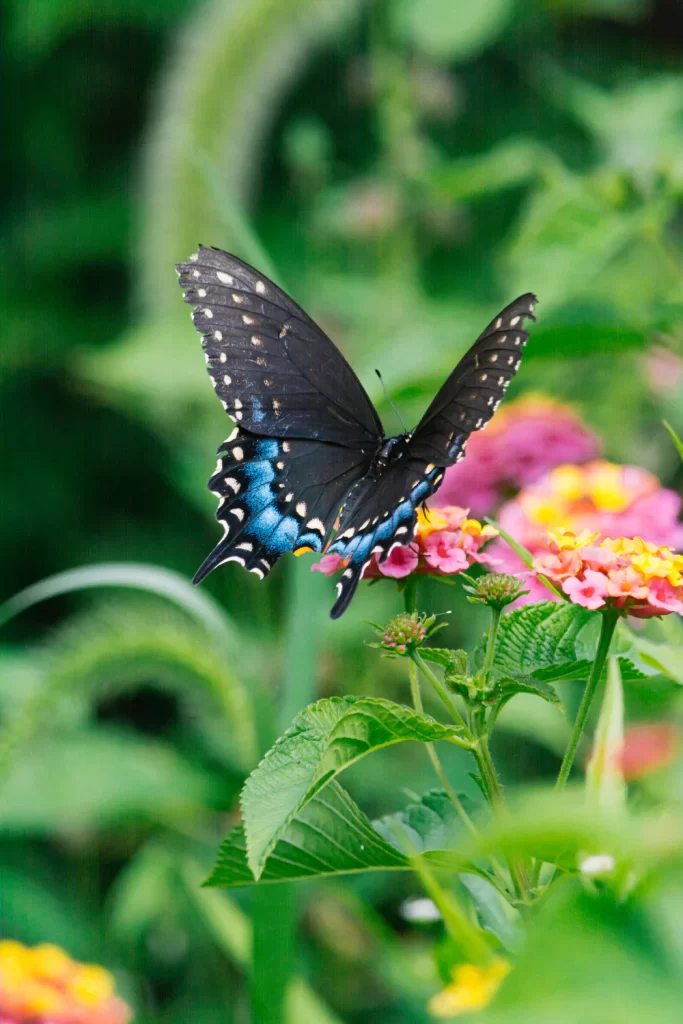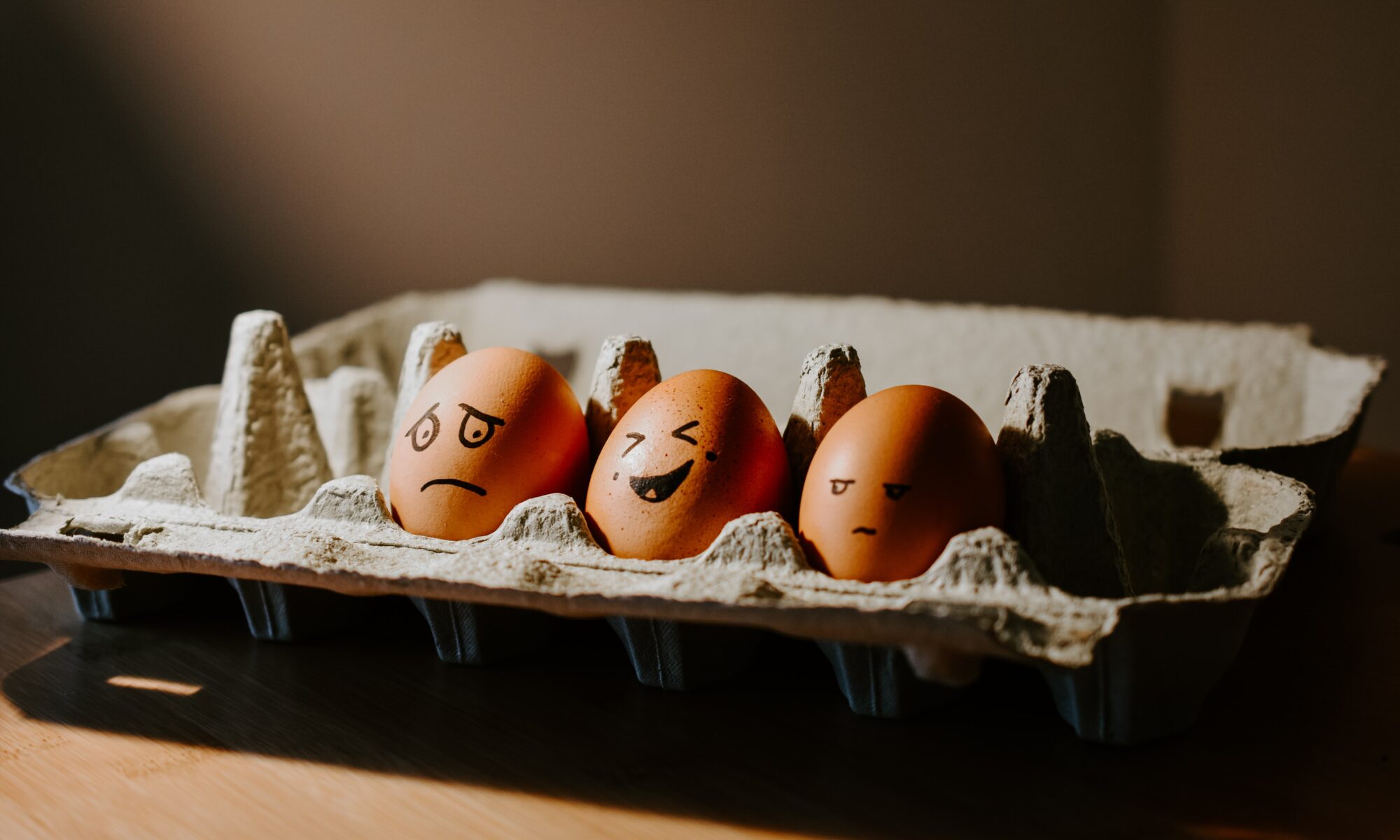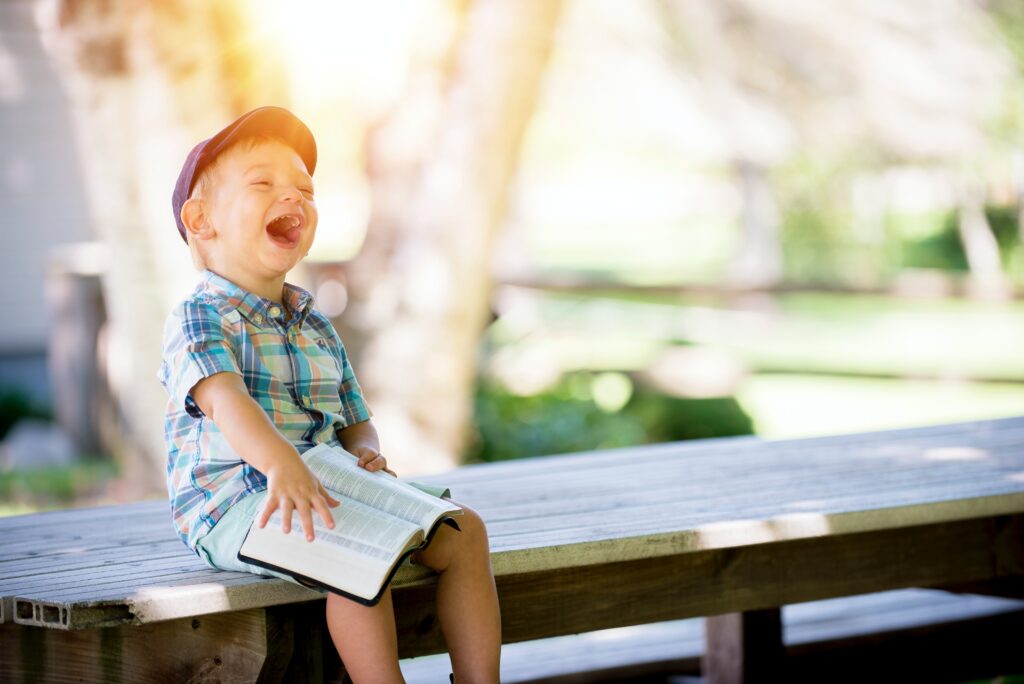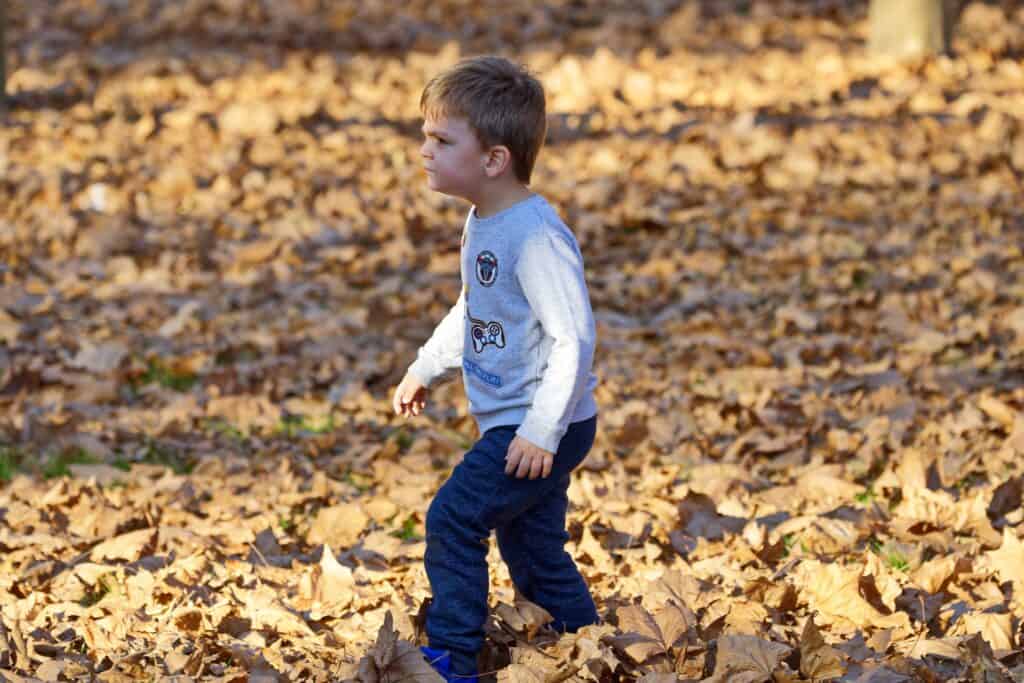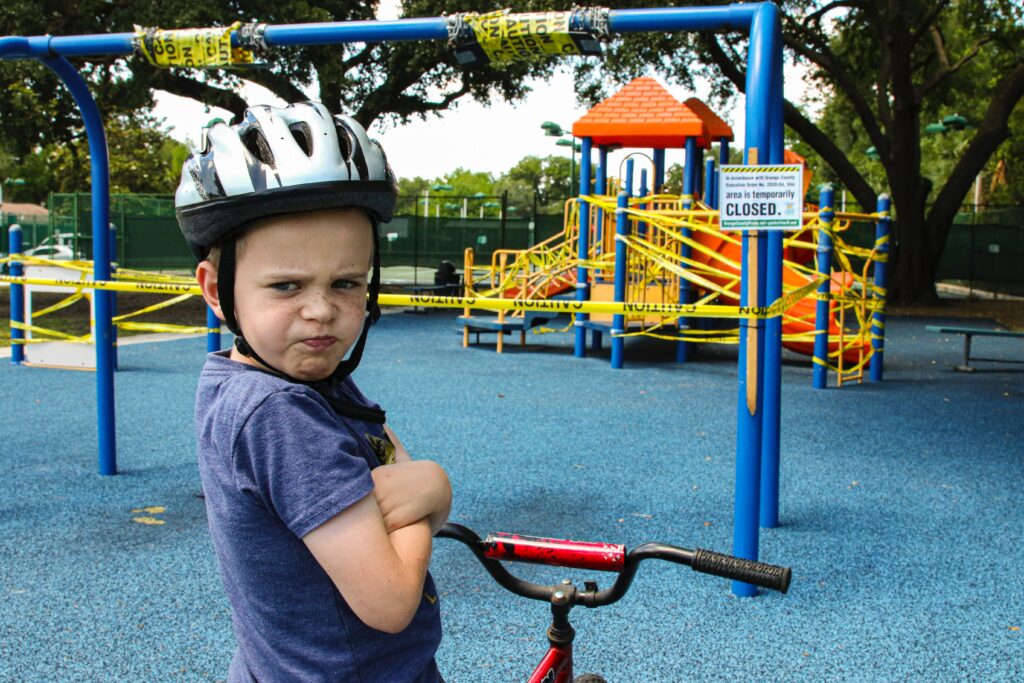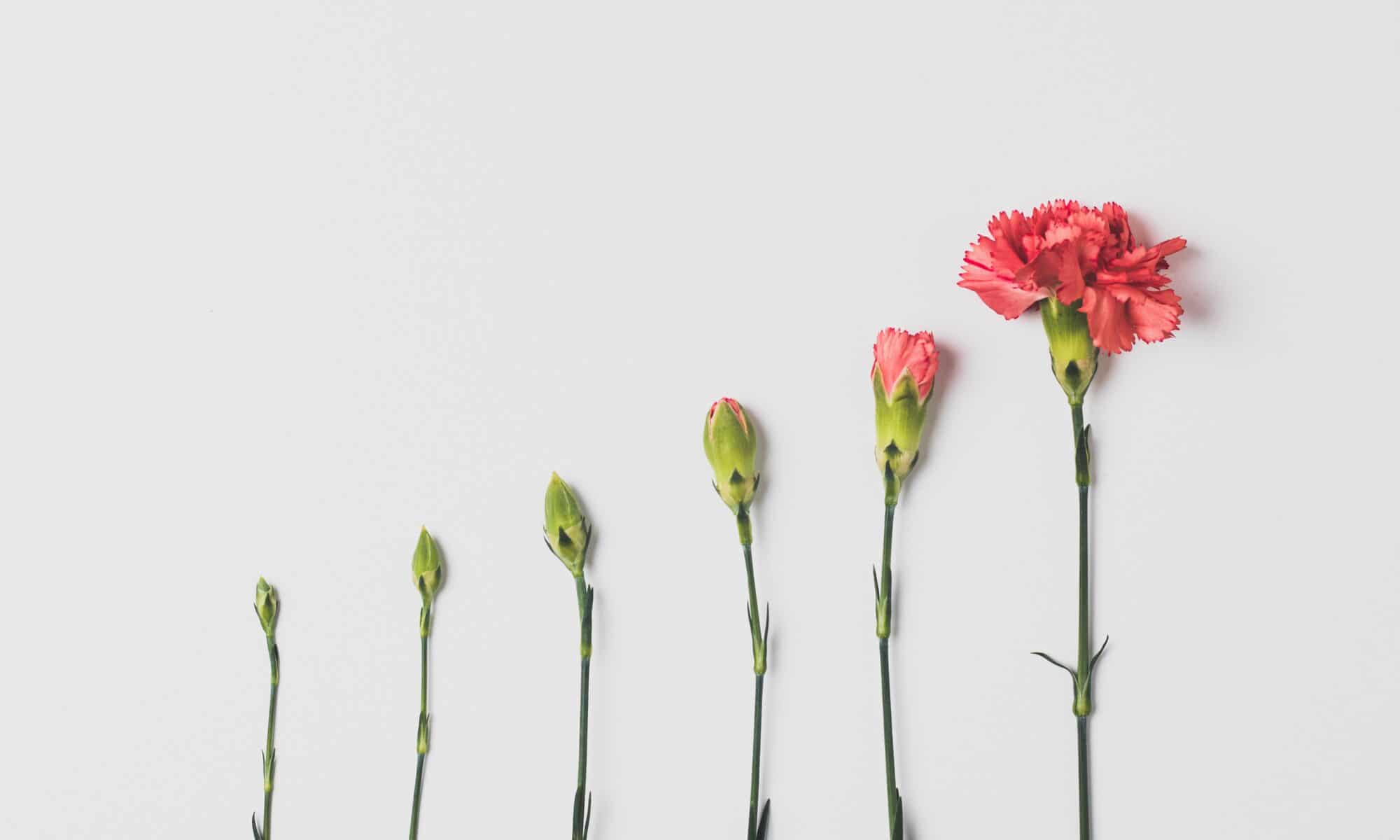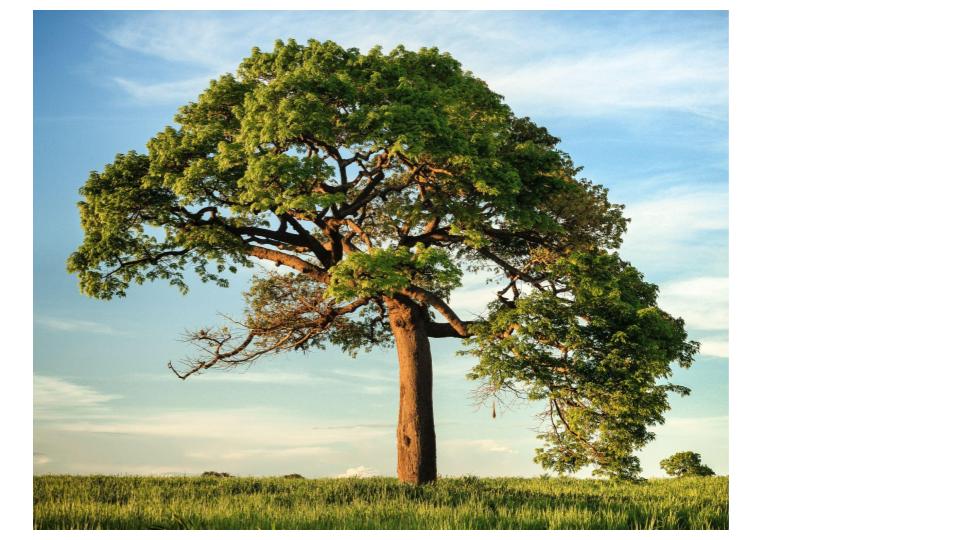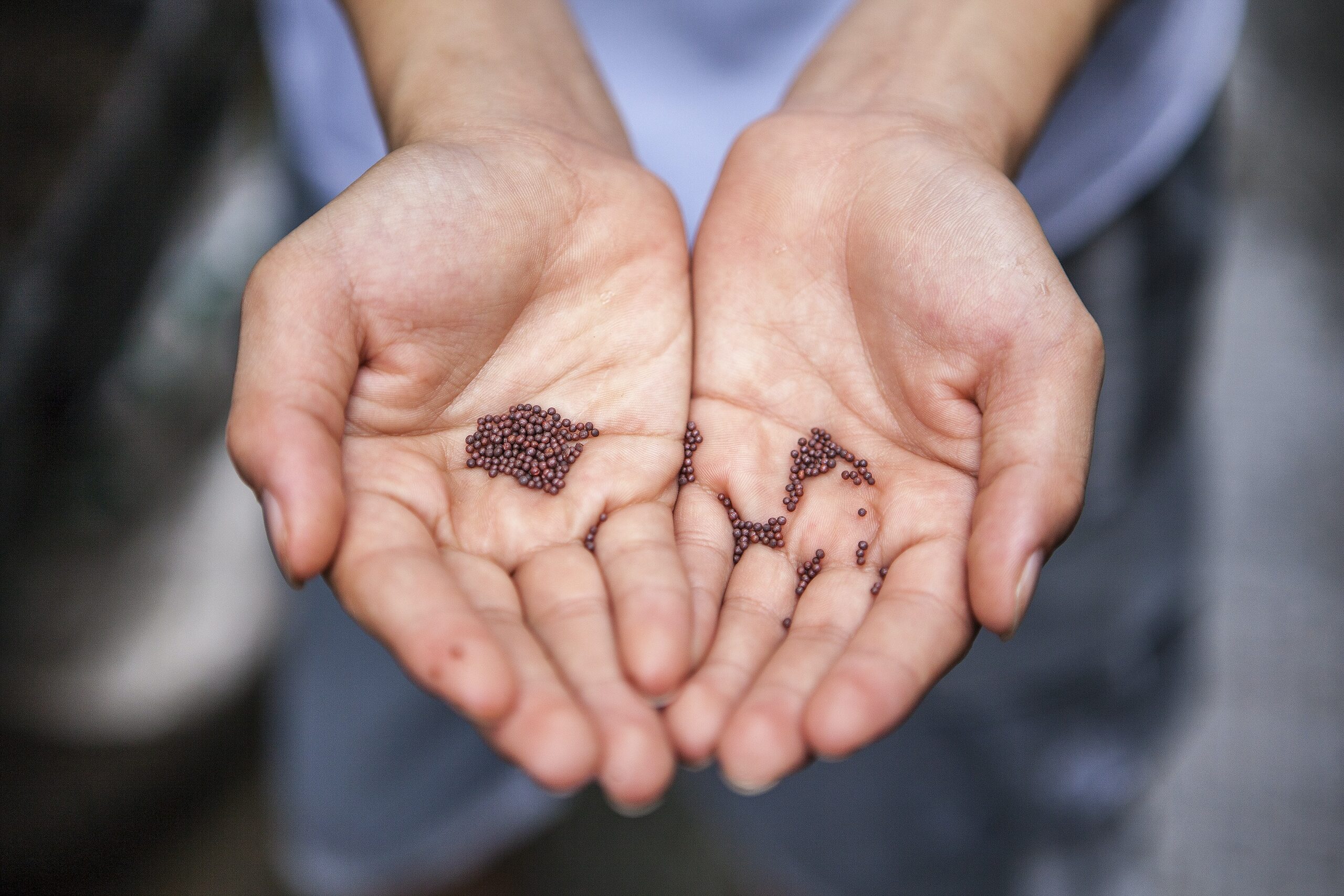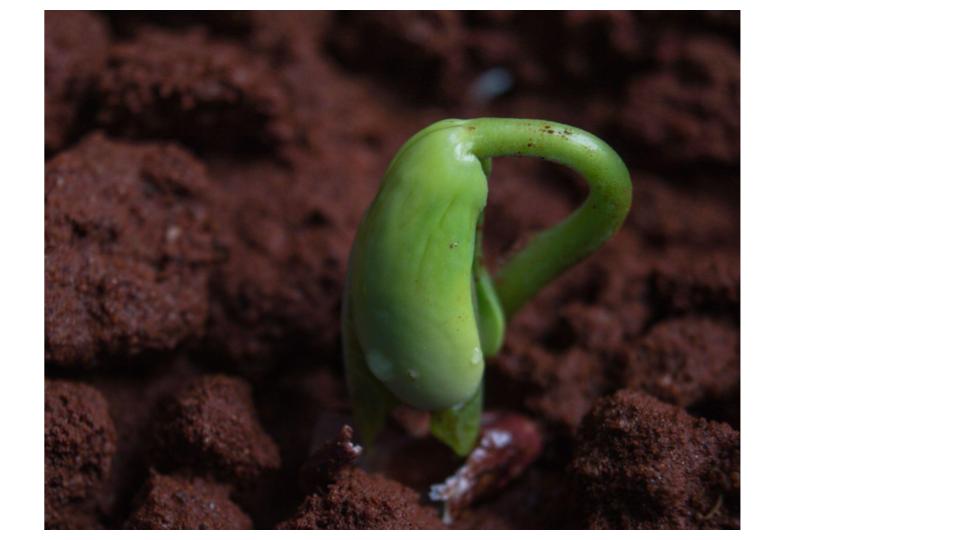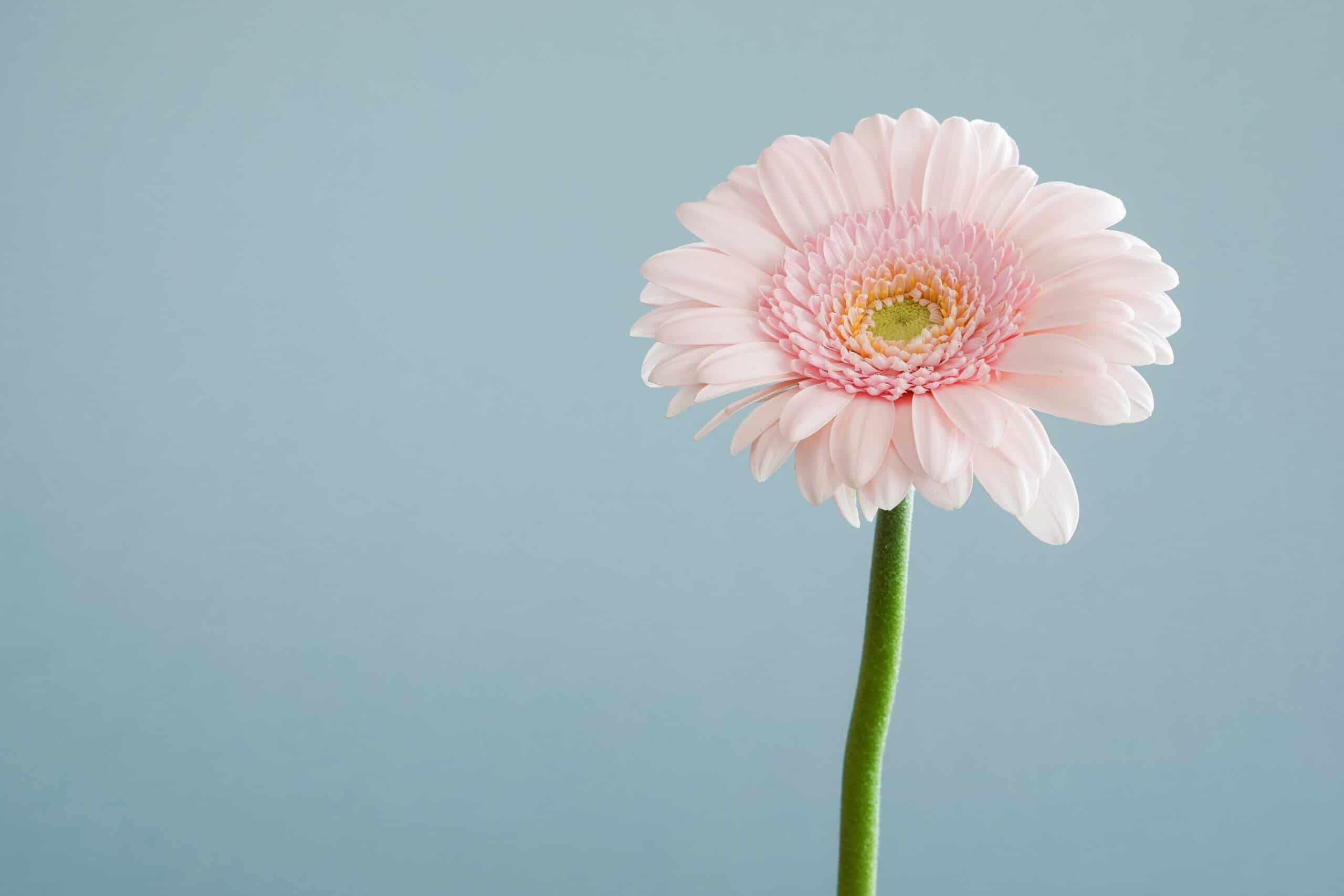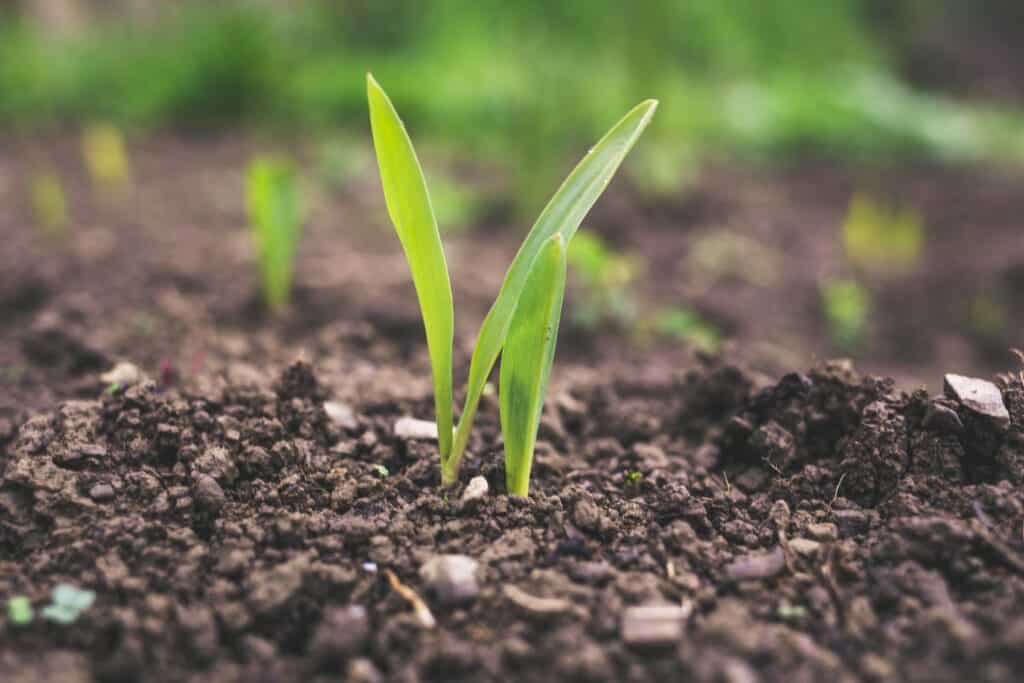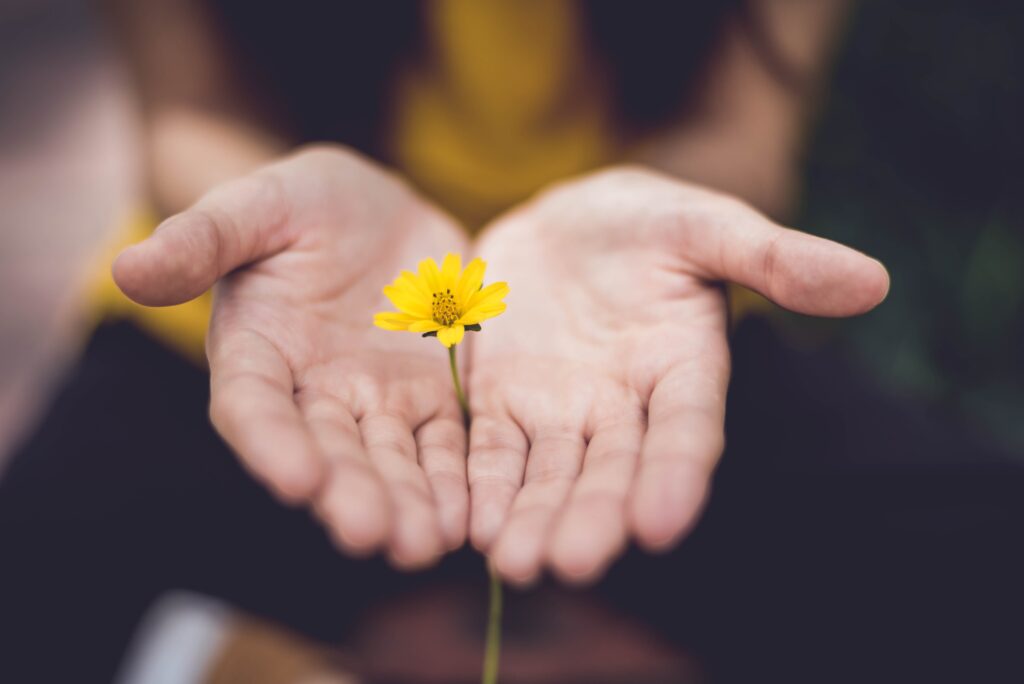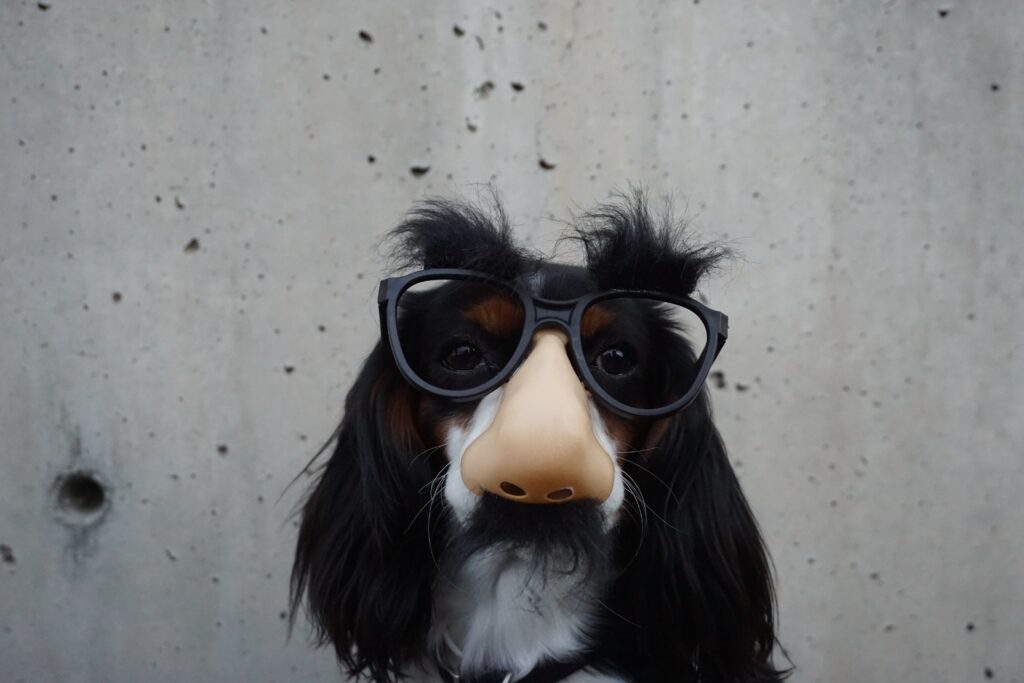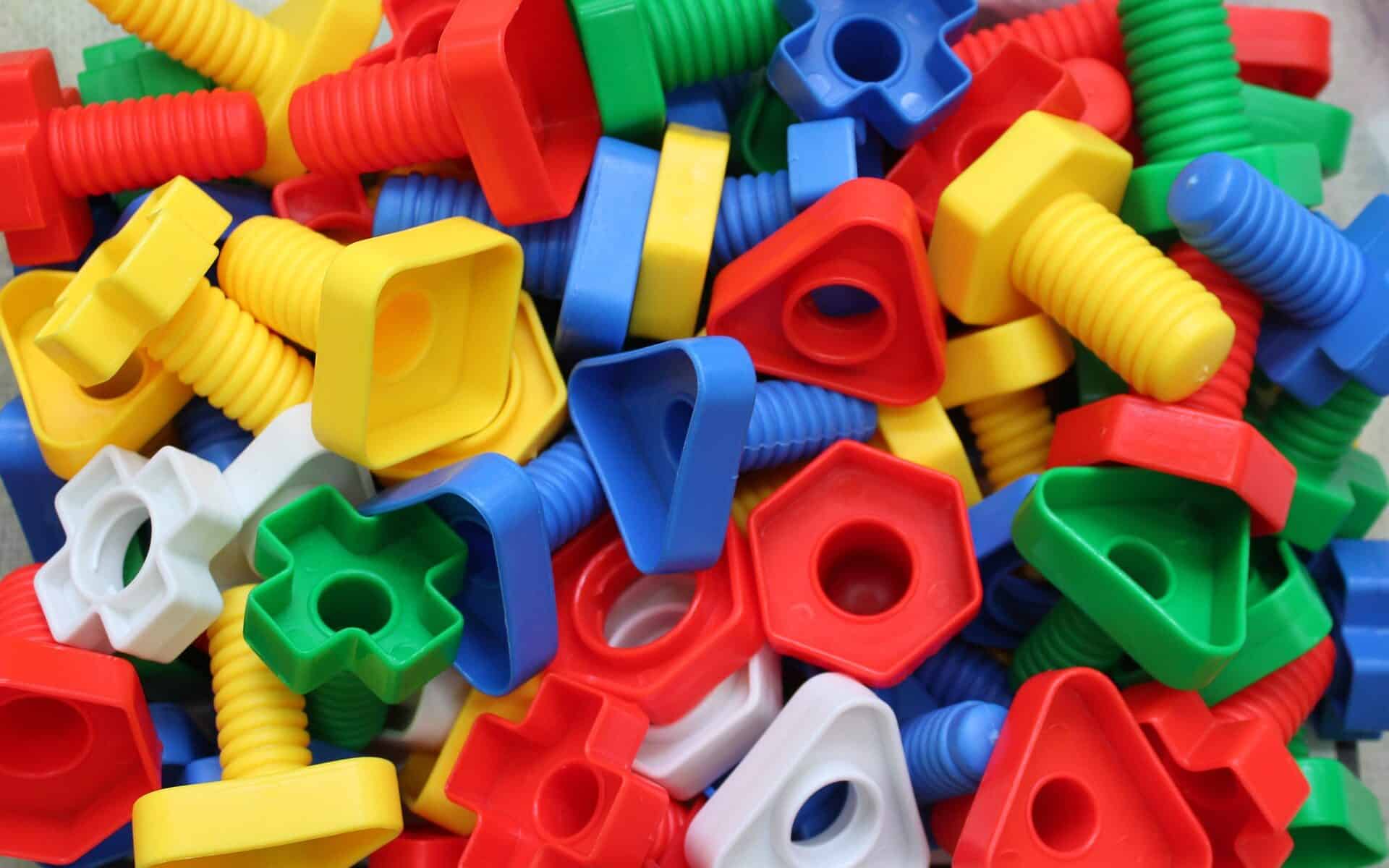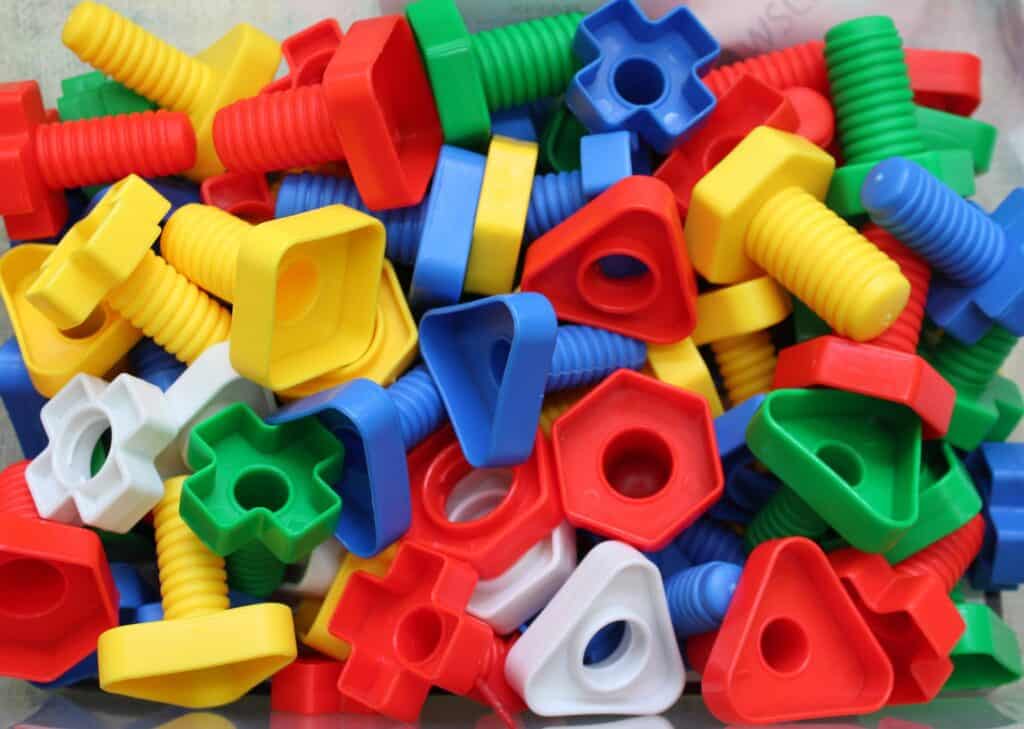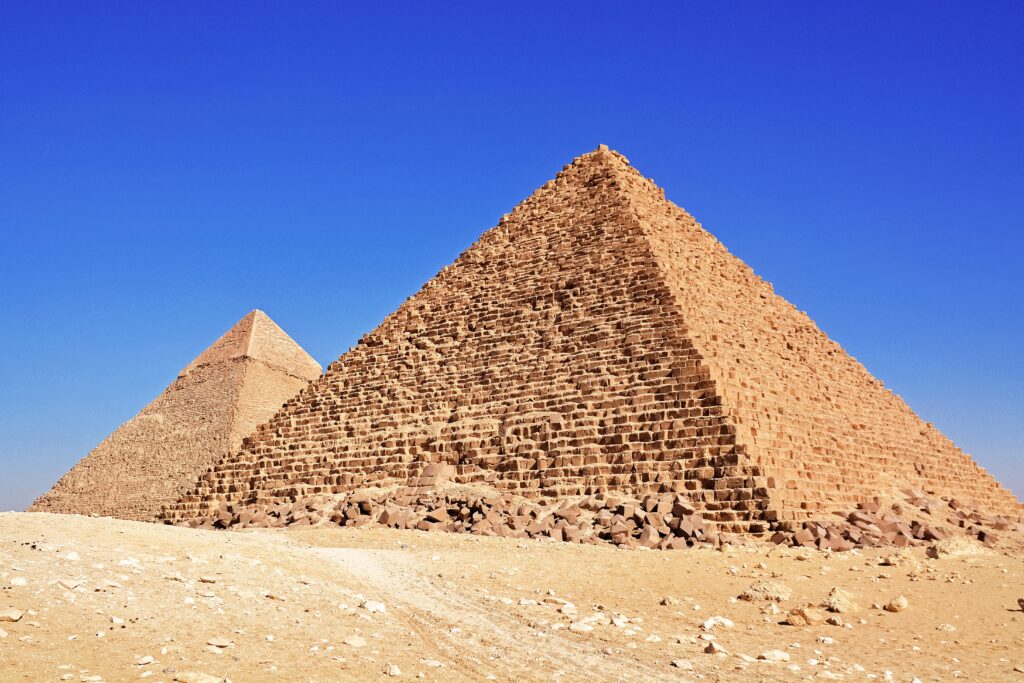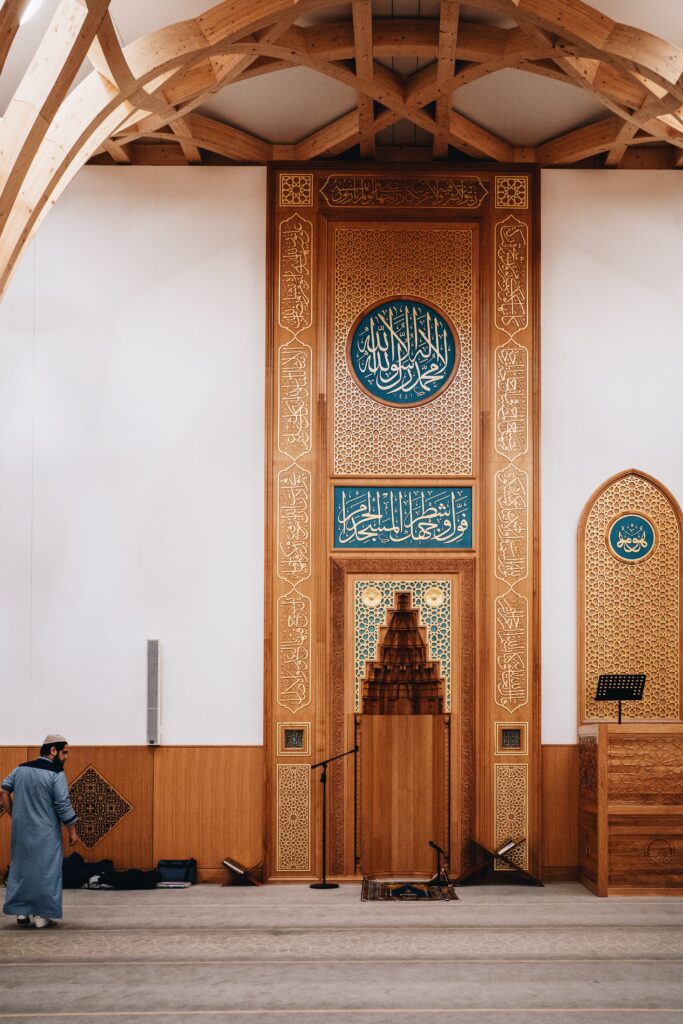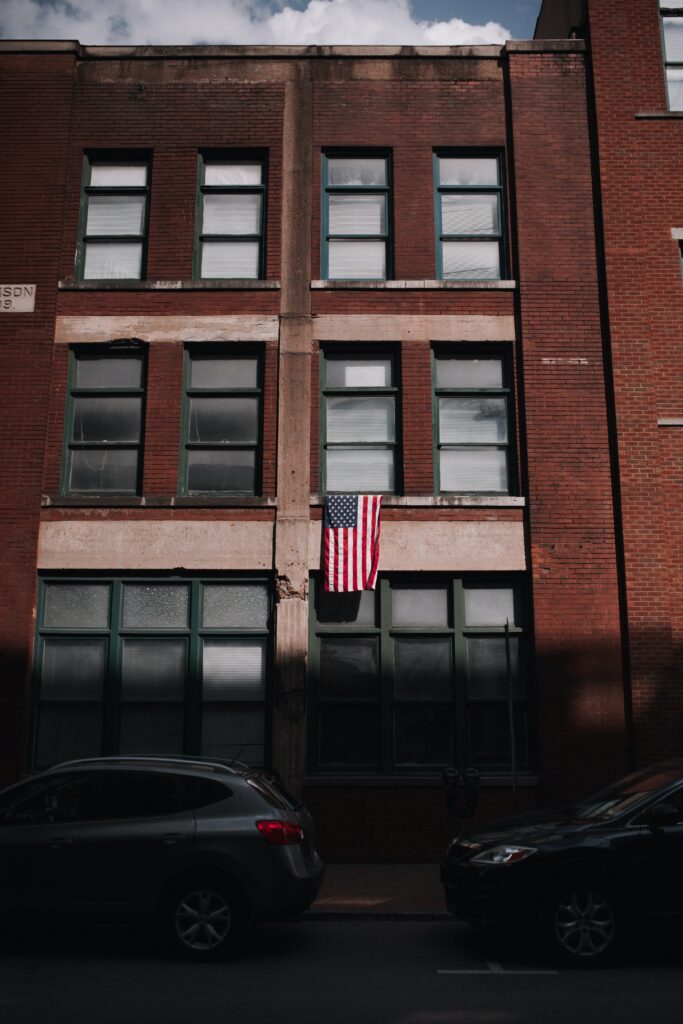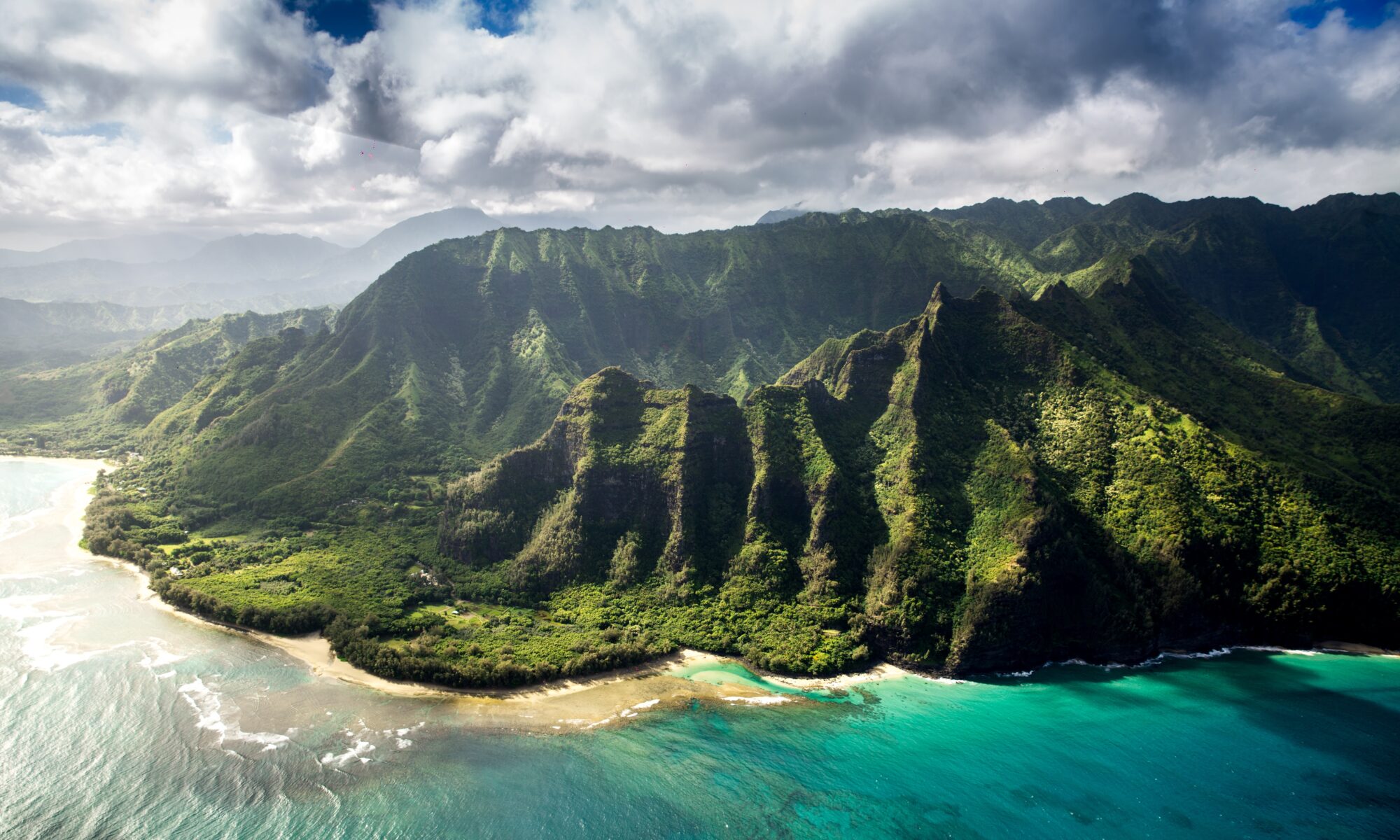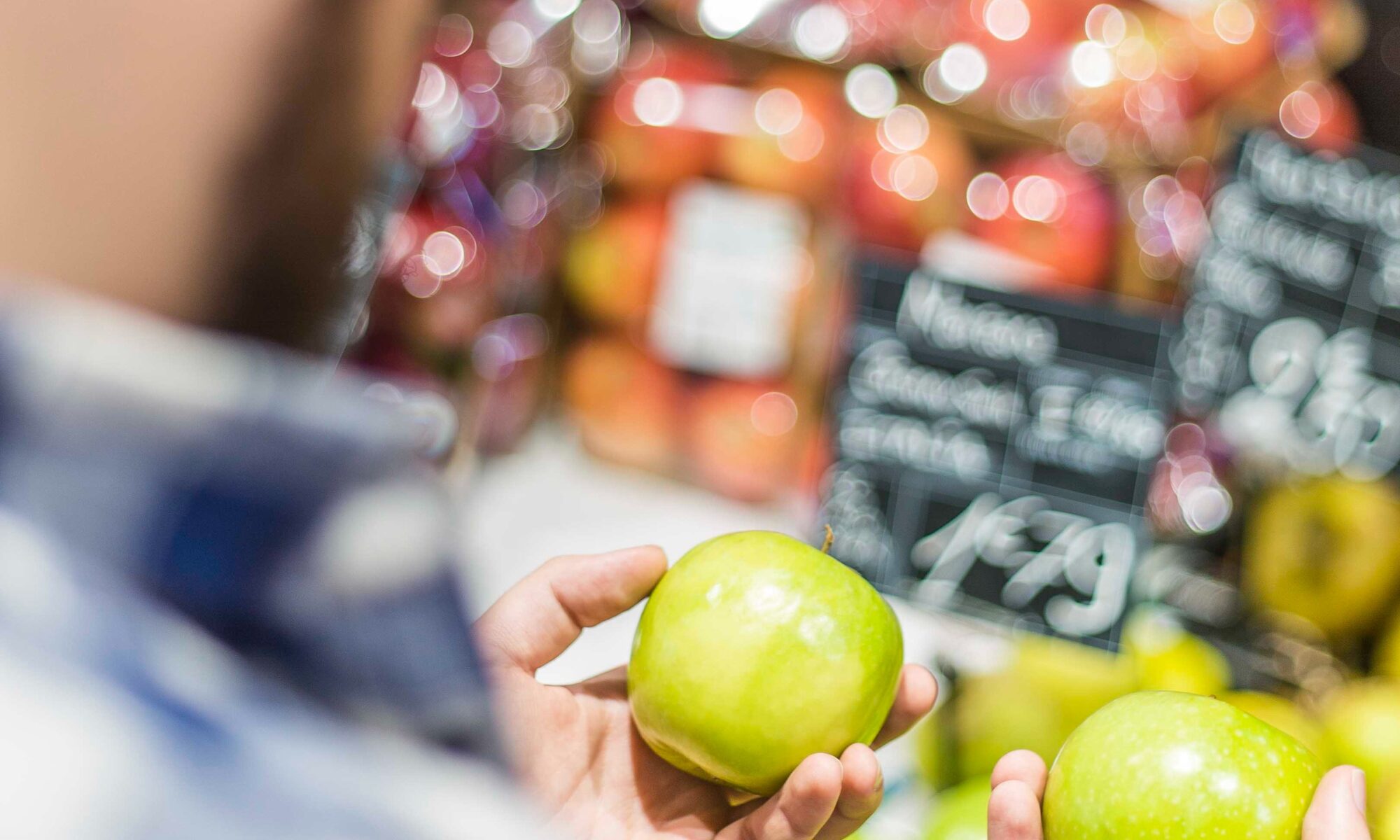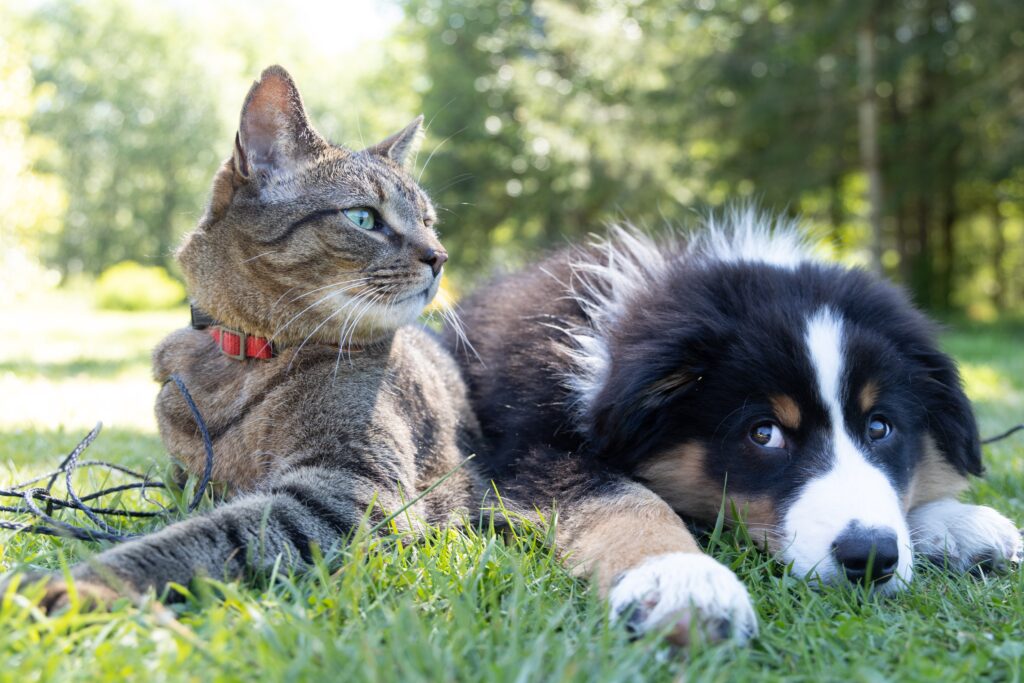Welcome third graders! Today, we’re going to go over a brief overview of the water cycle. The water cycle is something that isn’t always obvious to us, but it’s been a constant cycle that has happened on this planet since the oceans began to form, billions of years ago! That’s long before any life at all was on Earth. In fact, life itself wouldn’t even be possible without water! But before we get into that, let’s talk about the basic stages of the water cycle.
The first thing to understand is that in a cycle, there is no first step! The events in this cycle happen continuously, with no beginning or end, just like how a circle has clear beginning or end.

Evaporation
To begin, let’s talk about evaporation. Evaporation is when heat from the sun causes particles in water in the ground to heat up and move so fast, that they then transform into a vapor. The vapor then slowly rises to the sky. This process is almost always invisible while it’s happening, but it explains how puddles on the ground dissapear without you seeing them. The reason large bodies of water don’t evaporate is because the process of evaporation is slow, and bodies of water (such as lakes or oceans) have massive amounts of water in them!
Condensation
The next step is condensation. During this step, the vapor that has traveled to the air cools down and forms back into a liquid. This is actually the process that creates clouds! You can also observe this process at your own home. If you have a glass of cold water on a very hot day, you may notice the outside of the glass begin to notice water forming on the outside of the glass, even if the glass hasn’t spilled at all. The warm water molecules in the air (as a vapor) come in contact with the cold liquid in the can, causing condensation. You can also observe it in the car! If it’s cold outside but the car is very warm inside, the warmer molecules colide with the colder ones, forming condensation on the windows. That warmer air molecules come from our breath and our body heat.

Precipitation
The next step is precipitation. You may have heard this word before in weather reports. This process refers to when so much water has condensed in the clouds, that the clouds can no longer hold it anymore, and so it releases it as rain. However, it can also release the water in other ways can you think of any? (Hint: what if it is a really cold day, when the temperature is below freezing)? If you guessed snow or hail, you’re right! This is also a part of precipitation.

Collection
The last step we have is collection. During collection, the water falls from clouds (whether as rain, snow, hail, etc.), and collects in the Earth’s oceans, lakes, streams, rivers, and even in the ground. But remember, since this is a cycle, the process doesn’t end here! After all, once the water collects itself back on the earth, it is simply ready to begin the process of evaporation, which is the first step we talked about today! This means that the water we drink, the water we see in bodies of water, the rain we see, all of it, has been around on Earth for billions of years. There is barely any water that hasn’t been around that long, and that’s water that’s created through chemical reactions, but that will be a topic for next time. Great job today!











